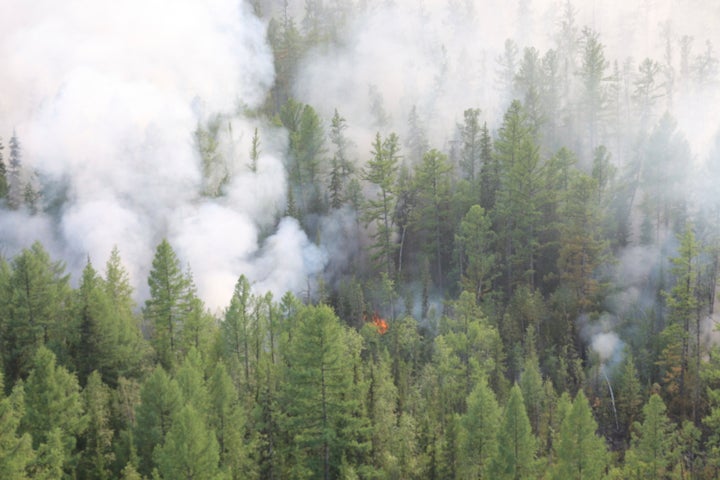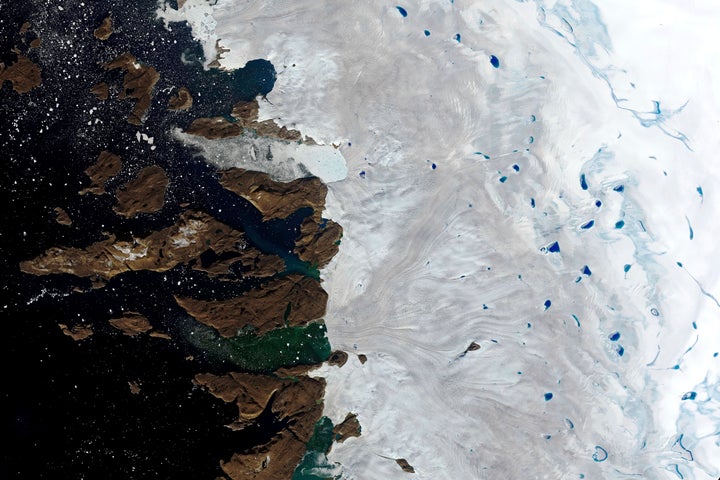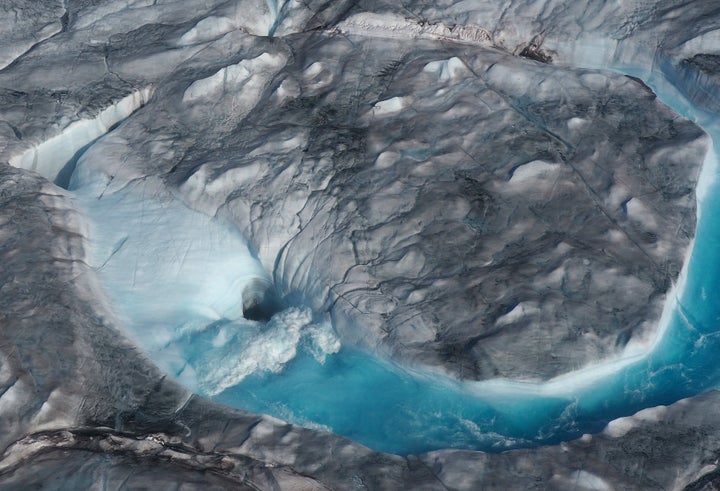Global temperatures made July the hottest or equal to the hottest month in recorded history, new data shows — just after June was ruled the hottest June ever recorded.
The World Meteorological Organization, a specialized agency of the United Nations, delivered the news on Thursday while forecasting the five hottest years on record to be from 2015 to 2019.
“July has re-written climate history, with dozens of new temperature records at local, national and global level,” said WMO Secretary-General Petteri Taalas.

The findings are particularly significant, the WMO noted, because the previous hottest month, July 2016, occurred during one of the strongest El Niños ever. This phenomenon, which starts with unusually warm ocean water and changes weather worldwide, contributes to heightened global temperatures. But unlike 2016, the WMO said, 2019 has not been marked by a strong El Niño.
“This year alone, we have seen temperature records shattered from New Delhi to Anchorage, from Paris to Santiago, from Adelaide and to the Arctic Circle. If we do not take action on climate change now, these extreme weather events are just the tip of the iceberg. And, indeed, the iceberg is also rapidly melting,” said U.N. Secretary-General Antonio Guterres.
“Preventing irreversible climate disruption is the race of our lives, and for our lives. It is a race that we can and must win,” he added.
WMO made its forecast by analyzing the first 29 days of July. The data ― which showed this past July being .07 degrees Fahrenheit (or 0.04 Celsius) warmer than July 2016 ― was taken from the Copernicus Climate Change Service, a program of the European Union.
“This is not science fiction. It is the reality of climate change. It is happening now and it will worsen in the future without urgent climate action.”
- WMO Secretary-General Petteri Taalas.
The WMO previously deemed June’s land and sea surface temperatures the highest on record for the month, an assessment shared by other organizations including NASA, the Copernicus Climate Change Service and the Japan Meteorological Agency. The month’s average temperature reached 3.6 degrees Fahrenheit (or 2 degrees Celsius) above normal. Some daily average temperatures in Western and Central Europe were 18 degrees Fahrenheit (10 degrees Celsius) above normal, WMO said.
Extreme heat has been blamed for accelerating an already above-average rate of ice melt in Greenland, the Arctic and Europe, which is expected to bolster warmer temperatures throughout the region.

“When the climate changes enough to warm the Arctic and to melt sea ice, the polar regions have less of a reflective surface. More heat is absorbed, which causes more melting, which amplifies the warming,” according to the U.S. National Snow and Ice Data Center’s website.
The center reported last month that the amount of sea ice lost through the first half of July matched loss rates in 2012, when September sea ice was at its lowest extent in the satellite record. The center does not expect a new record low for this year, however.
Rising temperatures have also been blamed for two months of wildfires in Siberia and Russia’s far east. Those fires have consumed a forest area the size of Belgium, all while releasing greenhouse gases and affecting air quality.

“This is not science fiction. It is the reality of climate change. It is happening now and it will worsen in the future without urgent climate action,” said Taalas.
The WMO is not alone in making such dire forecasts.
The National Centre for Climate Services, a product of the Swiss government, has reported that if greenhouse gas emissions continue to increase, average summer temperatures may be up to 8 degrees Fahrenheit higher (or 4.5 degrees in Celsius) by the middle of this century.
“The increases in the highest temperatures are even more pronounced than for the average seasonal temperatures. By 2060, the hottest days in an average summer could be up to 5.5 °C (or 10 °F) higher than they are today. This is explained in part by the fact that less water will be evaporating and cooling the ground because there will be less moisture in the soil,” the NCCS says.
WMO said it will submit a five-year report on the state of the climate to the U.N. Climate Action Summit in September.
